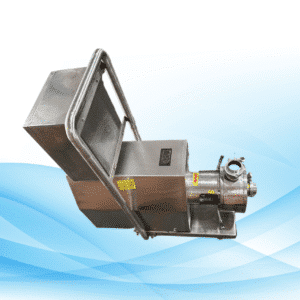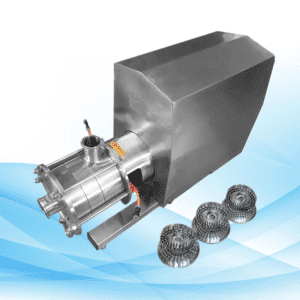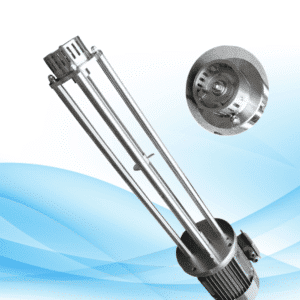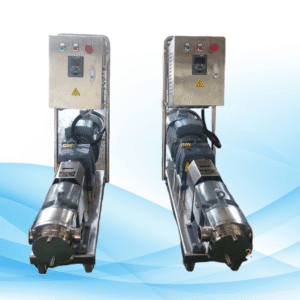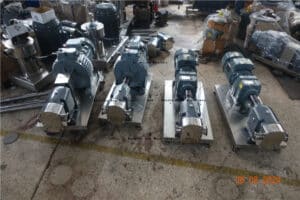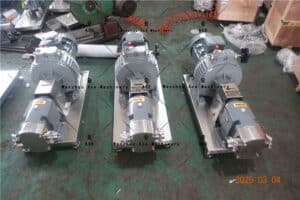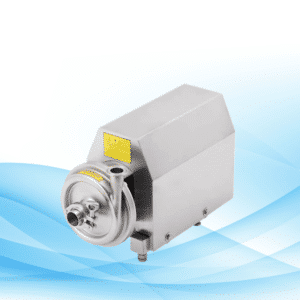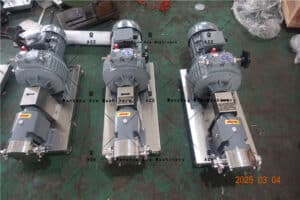A rotor pump is a pump that increases the energy of the liquid by changing the working volume through the relative movement between the rotor and the pump body. It is a rotating positive displacement pump. For the transportation of liquids of various viscosities, the rotor pump has incomparable advantages over other pumps. So, under what circumstances should a rotor pump be selected?
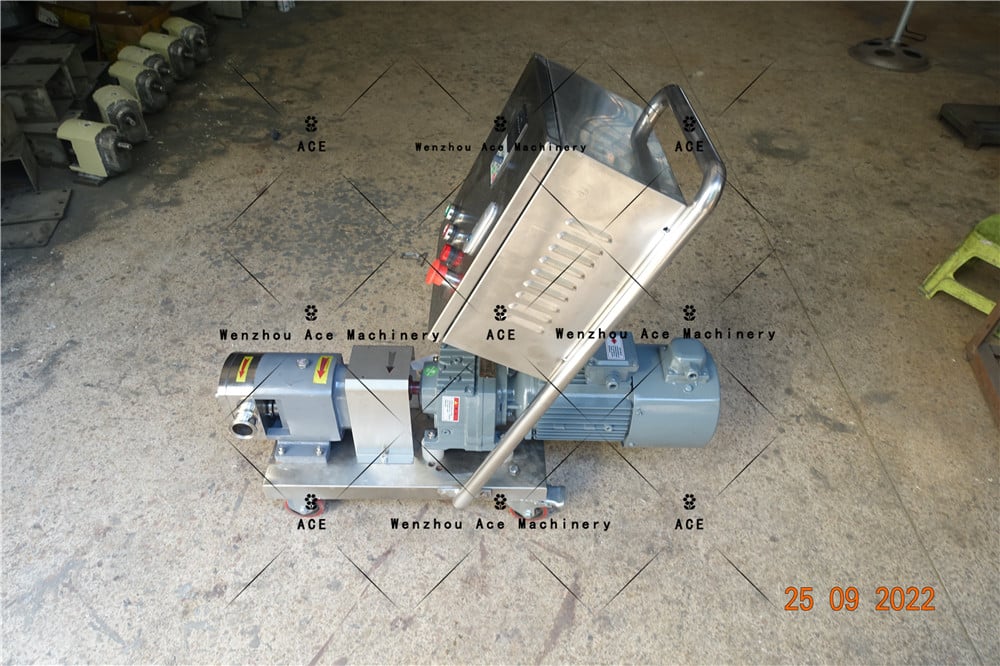
Viscous liquid
The viscosity range of the medium that the rotor pump can convey is very wide. It can handle very low viscosity media, such as liquefied petroleum, liquid ammonia, etc. It can also handle very viscous media, such as extremely viscous media with a viscosity of, 1000000mm2 / s.
For centrifugal pumps, as the viscosity increases, the flow head decreases and the power consumption increases. When the medium viscosity is greater than 20mm2 / s, the centrifugal pump needs to be converted for performance. When NPSH, is much smaller than NPSH, if efficiency and energy consumption are not considered, the centrifugal pump can sometimes be used in situations with a viscosity of 550mm2 / s; when NPSH, is closer to NPSH, if the viscosity is large, the centrifugal pump will most likely capitate.
For the rotor pump, on the one hand, as the viscosity increases, the internal leakage decreases, the volumetric efficiency increases, and the flow rate increases, thereby improving the efficiency of the pump and reducing power consumption; on the other hand, the increase in viscosity will increase the frictional resistance of the liquid, which will correspondingly reduce the efficiency of the pump and slightly increase power consumption. But overall, with the increase in viscosity, the efficiency of the rotor pump improves.
For non-flowing liquids, such as grease, cellulose mixtures, paint, starch paste, mud and sugar, the viscosity will change if the liquid is disturbed under the condition of constant temperature. If a centrifugal pump is used, when the viscosity increases, the flow rate and head cannot meet the needs, and the motor will also be overloaded. Therefore, when the medium viscosity is large or non-flowing liquid is transported, a rotor pump should be used.
Where self-priming is required
Except for specially designed self-priming centrifugal pumps, general centrifugal pumps do not have self-priming function, but rotor pumps have self-priming function. When the rotor is wet (not completely submerged or filled), a vacuum of 635~710mmHg can be formed to suck in liquid.
Where gas is present
Centrifugal pumps generally do not allow the gas content in the liquid to exceed 5%. When the gas content is large, in addition to a decrease in flow rate, head, and efficiency, vibration, noise, and corrosion, corrosion may be aggravated or flow or shaft breakage may occur.
The rotor pump has a self-priming function, so it allows a large amount of gas in the liquid, generally up to about 20%. When the gas content is large, the flow rate and efficiency will decrease, and vibration and noise will be generated. However, generally there will be no corrosion, flow interruption, or shaft breakage.
Small flow, high pressure occasions
When the flow rate is small and the outlet pressure is high, if you cannot choose a suitable centrifugal pump, you can consider using a rotor pump. The outlet pressure of the rotor pump is relatively high. The outlet pressure of the rotor pump produced in the ordinary series can reach 1.4~2.1pa, and some special models can reach 3.5~7MPa. The outlet pressure of the specially designed rotor pump can even reach 14~21MPa.
Low shear pump
Some media that are sensitive to shear force, and the media that hope to not destroy the suspended matter or solid matter in the solution during pumping, require the selected pump to have a very gentle impact on the medium during operation. In this case, you can choose a low shear force rotor pump, such as a cam pump, a single screw pump, etc.
Pumps that need to be reversed
In some production facilities, liquid needs to be transported from location A to location B within a period of time, and in another period of time, liquid needs to be transported from location B to location A; in some other production facilities, the inlet pipe is easily blocked and needs backwashing, etc. This often requires the pump to have a reverse function. Centrifugal pumps cannot reverse, while many rotor pumps have a reverse function. Of course, in order to meet the reverse function of the pump, the motor, pipeline (including valves), etc. must consider a series of problems caused by the pump reverse, such as safety valves, which should be set not only on the outlet pipeline, but also on the inlet pipeline.

